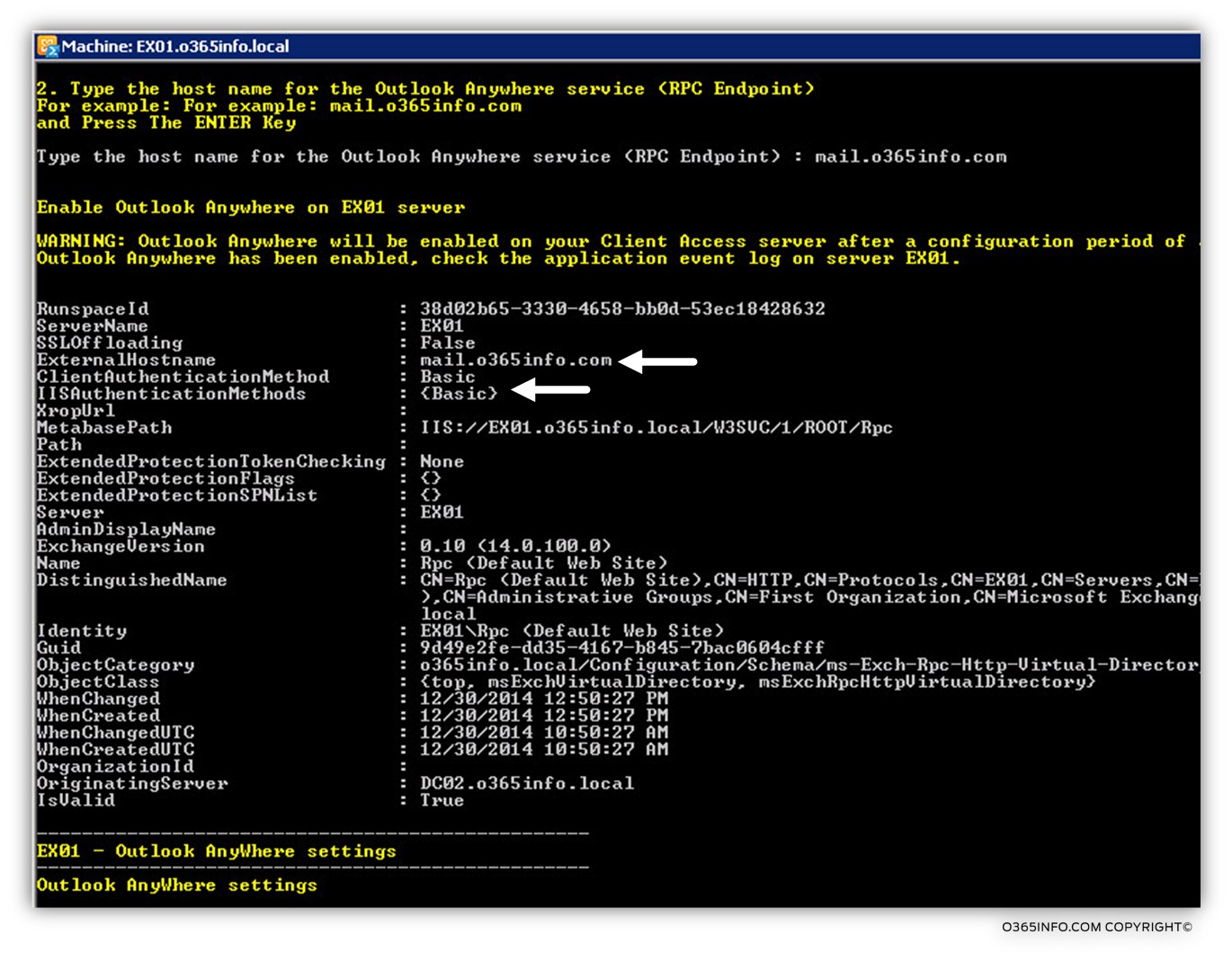
- MAC MAIL EXCHANGE 2007 AUTHENTICATION NEEDED PASSWORD
- MAC MAIL EXCHANGE 2007 AUTHENTICATION NEEDED WINDOWS
MAC MAIL EXCHANGE 2007 AUTHENTICATION NEEDED PASSWORD
The steps in federated authentication are described in the following diagram:Įxchange Online sends the username and password to the on-premises IdP.Įxchange Online receives a Security Assertion Markup Language (SAML) token from the on-premises IdP.Įxchange Online sends the SAML token to Azure Active Directory. Note: When Basic authentication is blocked, it's blocked at this step.Įxchange Online sends the username and password to Azure Active Directory.Īzure Active Directory returns a user ticket to Exchange Online and the user is authenticated. The email client sends the username and password to Exchange Online. The steps in cloud authentication are described in the following diagram: For more information, see Choose the right authentication method for your Azure Active Directory hybrid identity solution. These authentication models are described in the following sections.
MAC MAIL EXCHANGE 2007 AUTHENTICATION NEEDED WINDOWS
For more information, see Enable Modern Authentication for Office 2013 on Windows devices.

Outlook 2013 or later (Outlook 2013 requires a registry key change.


When you disable Basic authentication for users in Exchange Online, their email clients and apps must support modern authentication. Blocking Basic authentication can help protect your Exchange Online organization from brute force or password spray attacks. Check your Message Center for any posts referring to Basic authentication, and read Basic Authentication and Exchange Online for the latest announcements concerning Basic authentication.īasic authentication in Exchange Online uses a username and a password for client access requests. If you've reached this page because Basic authentication isn't working in your tenant, and you haven't set up security defaults or authentication policies, then we might have disabled Basic authentication in your tenant as part of our wider program to improve security across Exchange Online. For more information, see What are security defaults?. If you've enabled security defaults in your organization, Basic authentication is already disabled in Exchange Online.


 0 kommentar(er)
0 kommentar(er)
